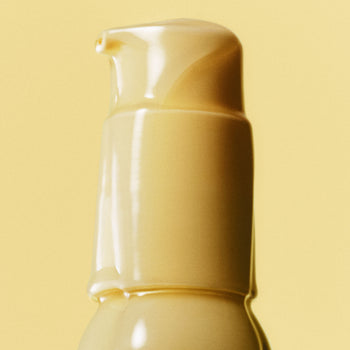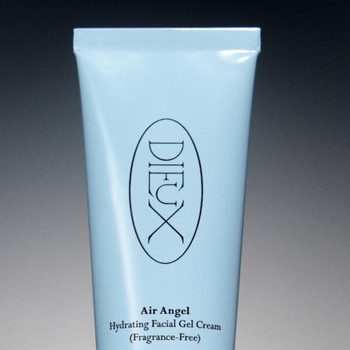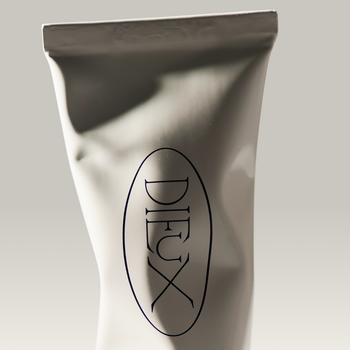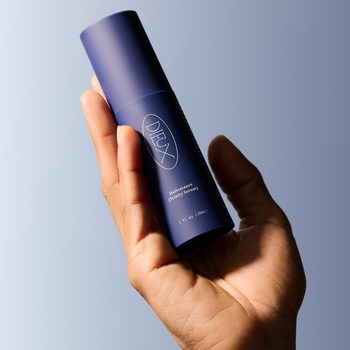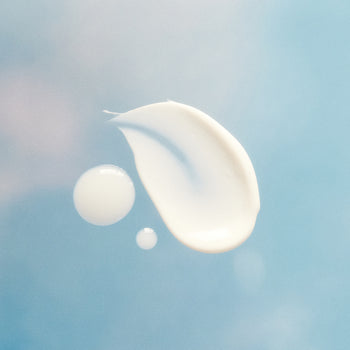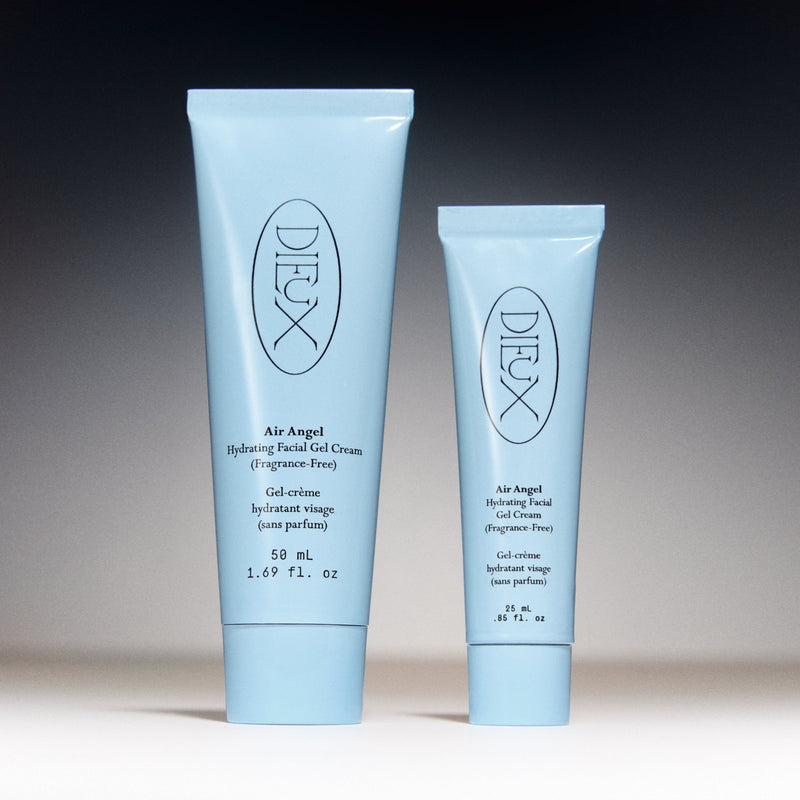
Sheet Mask Like a Pro Without The Unnecessary Waste
How the Forever Eye Mask Works
Sheet masks are good at what they do because they work at holding active ingredients close to the skin and slowing evaporation. They can have an instant effect, albeit, temporary. They plump up your skin and saturate it with moisture. They reduce TEWL and in keeping humectants and actives close to the skin, the end result is a dewier look.
In creating the Forever Eye Mask, we wanted to mimic that feeling of a “treatment” with a material you can use again and again.
Why Silicone?
When looking at durable and tested materials, medical grade silicone kept coming up. Why? It’s well tested in working with scarring (particularly around hydration) and it lasts. It doesn't degrade.
While most brands add adhesive backings to masks, this also adds an expiration date on how many times it can be reused. Dieux, in looking at the research, consulting our dermatologist advisors and having been sheet mask users ourselves, realized….You can just take the disposable part out of it.
Your moisturizers, serums and eye creams already have a lot of the same ingredients in sheet masks. You can actually just skip the part that requires something to be thrown out.
Why the eyes?
We started with eyes as they’re the most delicate area of skin.
The skin around the eyes is ten times thinner than the skin on other parts of the face. As we age, skin loses its elasticity and becomes even thinner due to a breakdown of collagen.
We went through multiple designs to get an eye mask that fits most faces to make sure the products you invest in are protecting, hydrating and plumping your under eyes to the best of their ability.
Do I need an eye cream?
No, you don't *need* an eye cream, but we are partial to eye gels.
Serums and lotions will do just fine but eye creams sometimes have more targeted ingredients. For more information on our favorites, click here.
How long does the Forever Eye Mask Last?
While the logo may fade with time, our masks are designed to last forever. Literally forever. Due to their thickness, they are hard to rip, but sure someone could technically tear it if motivated or unusually determined. When properly stored and taken care of, these are built to last.
How long do results last?
Results will depend on the products you use, but if it’s just a hydrating serum or gel the results will always be temporary. Like most hydrating products, you're going to see results with consistent use due to the ephemerality. In one study, Saran Wrap was used to showcase how hydration is boosted when a covering was used with products over wounds on skin. Are sheet masks well branded Saran Wrap face coverings? Looks like it.
We wanted to launch with something fun, different and that shifted a common ritual from single use to daily use.
So, how do I use it?
1. Pick any hydrating cream or serum, apply on damp skin (damp skin matters!).
2. Let that product get tacky
3. Place the Forever Eye Mask on top
4. Let that sit in place for 10-20 minutes
5. For an extra cooling effect that can help with inflammation, place mask in the fridge or freezer prior to use
6. Remind yourself that You’re Dieux-ing Great
For a video on how-to, see below:
Sources:
The Efficacy of Silicone Gel for the Treatment of Hypertrophic Scars and Keloids
Neerja Puri and Ashutosh Talwar, Journal of Cutaneous and Aesthetic Surgery
The Use of Silicone Adhesives for Scar Reduction
Benjamin Bleasdale, Simon Finnegan, Kathyryn Murray, Sean Kelly, and Steven L. Percival, 2015, Mary Ann Liebert, Inc.
Effects of silicone gel sheet on the stratum corneum hydration
T. Suetake, S. Sasai, Y.-X. Zhen and H. Tagami, Department of Dermatology, Tohoku University School of Medicine, Sendai, Japan
Treatment of Dry Skin Syndrome. The Art and Science of Moisturizers,
DOI 10.1007/978-3-642-27606-4 Springer 2012
The effect of wet-wrap dressing on epidermal barrier in patients with atopic dermatitis, December 2007Journal of the European Academy of Dermatology and Venereology 21(10)
